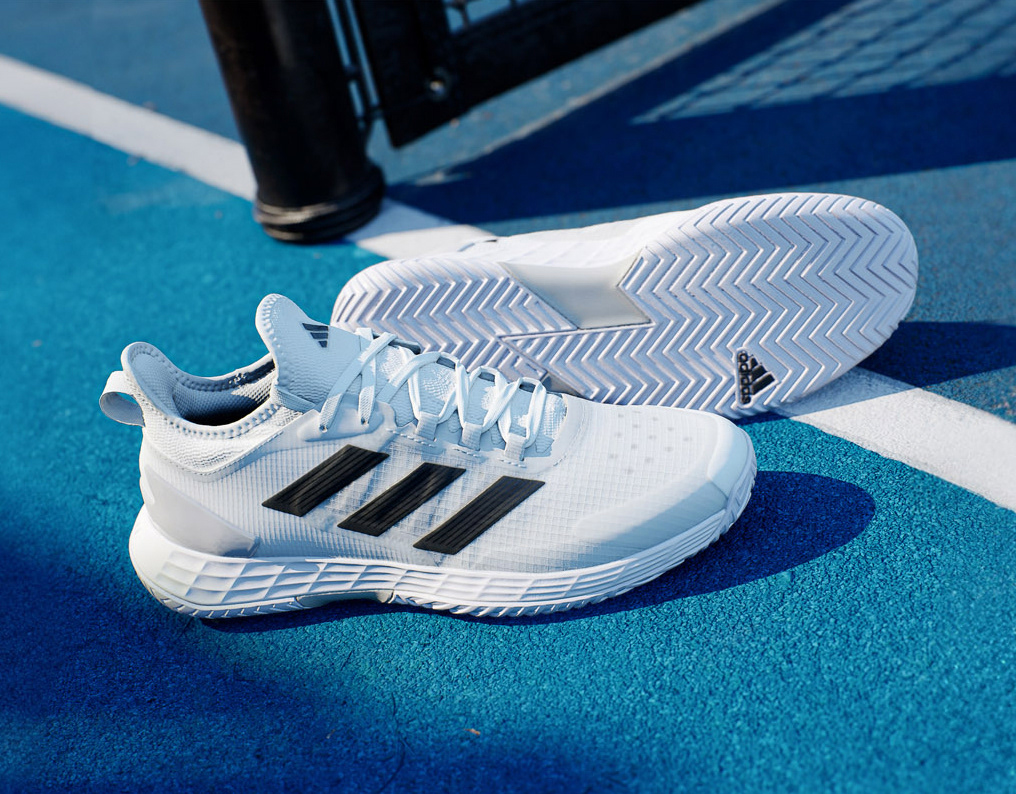























For my senior Interior Design capstone project I designed a Sea Turtle Research and Rehabilitation center called Converging Currents. This project was designed to engage the general public by allowing them the opportunity to learn from rehabilitation professionals and scientists about how to counteract the impacts humankind has made on marine ecosystems.
The thesis explores the relationship between humankind and sea turtles along the circulation path using different geometries gathered from the pre-existing building grid to tell the story of overlapping habitats. The different layers and fluid motion of the design allow for guests to overlook the recovery process of the sea turtles in various moments and makes for a collaboration between the different user groups of the project.
The question I investigated throughout this project is, “how can an ecosystem that merges the interior and exterior environment be imagined within a building to tell a story of habitat interference to instill collaboration and change within the guests of the center.”
I placed my project within the Philip Merrill Environmental Center located just off the Chesapeake Bay about 15 minutes outside of downtown Annapolis, Maryland. The direct access to the bay supports the context of the project. Numerous species of sea turtles make their home in the bay and having a direct view of those ecosystems brings the subject to life. The building is 32,000 square feet among the 3 floors and includes many sustainable features to create the perfect environment.
My concept originated with the idea of merging or joining the built environment with the natural world. I was inspired by the journey of sea turtles along the East Australian Current within their life-cycle. The fluid motion of the current and the moments along the current where there is human interference, such as boat strikes and fisheries, led me to the idea of having observation decks within the space where guests will be inclined to stop and overlook the turtles beneath them. The great Barrier Reef influenced my project with the aerial view and the bridging that happens within that ecosystem. This inspired the second floor circulation of the project. I then took the pre-existing grid structure of the building and decided to use a layering of circulation with geometric and organic forms to resemble the human body versus the sea turtle. This design strategy creates an architectural ecosystem within my building where the human body circulates over the sea turtle habitats just like moments of human interference in the sea turtle life cycle.







